Description
Rubin’s Pathology: Clinicopathologic Foundations of Medicine
Chapter 1: Cell Adaptation, Injury and Death
1.
Ischemia and other toxic injuries increase the accumulation of intracellular calcium as a result
of:
A) release of stored calcium from the mitochondria.
B) improved intracellular volume regulation.
C) decreased influx across the cell membrane.
D) attraction of calcium to fatty infiltrates.
2.
The patient is found to have liver disease, resulting in the removal of a lobe of his liver.
Adaptation to the reduced size of the liver leads to _ of the remaining liver cells.
A) metaplasia
B) organ atrophy
C) compensatory hyperplasia
D) physiologic hypertrophy
3.
A person eating peanuts starts choking and collapses. His airway obstruction is partially
cleared, but he remains hypoxic until he reaches the hospital. The prolonged cell hypoxia
caused a cerebral infarction and resulting _ in the brain.
A) caspase activation
B) coagulation necrosis
C) rapid phagocytosis
D) protein p53 deficiency
4.
Bacteria and viruses cause cell damage by , which is unique from the intracellular
damage caused by other injurious agents.
A) disrupting the sodium/potassium ATPase pump
B) interrupting oxidative metabolism processes
C) replicating and producing continued injury
D) decreasing protein synthesis and function
5.
The patient has a prolonged interruption in arterial blood flow to his left kidney, causing
hypoxic cell injury and the release of free radicals. Free radicals damage cells by:
A) destroying phospholipids in the cell membrane.
B) altering the immune response of the cell.
C) disrupting calcium storage in the cell.
D) inactivation of enzymes and mitochondria.
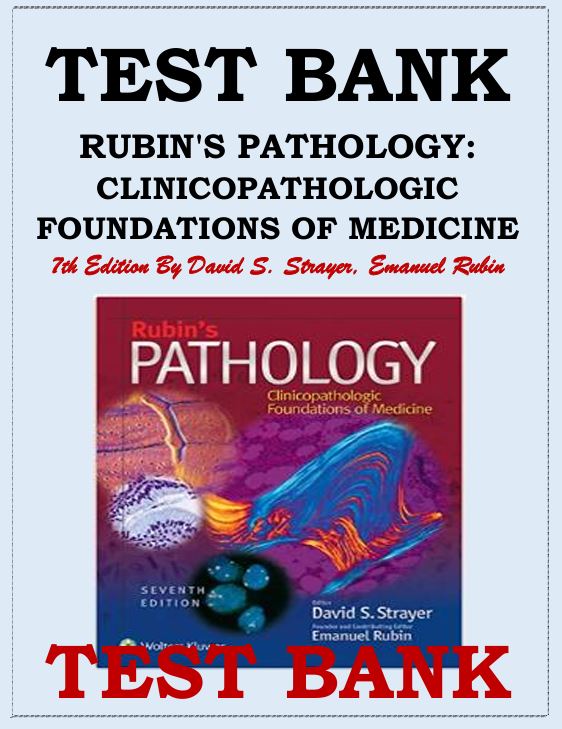
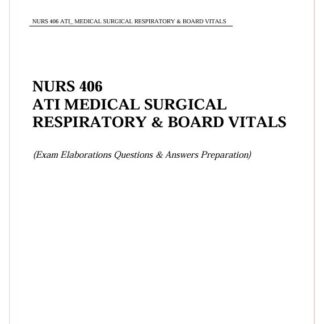
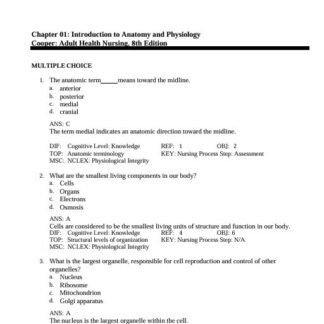
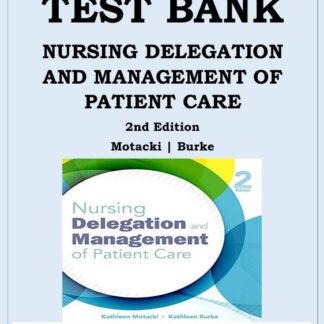
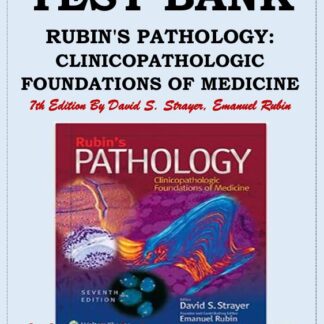
Reviews
There are no reviews yet.